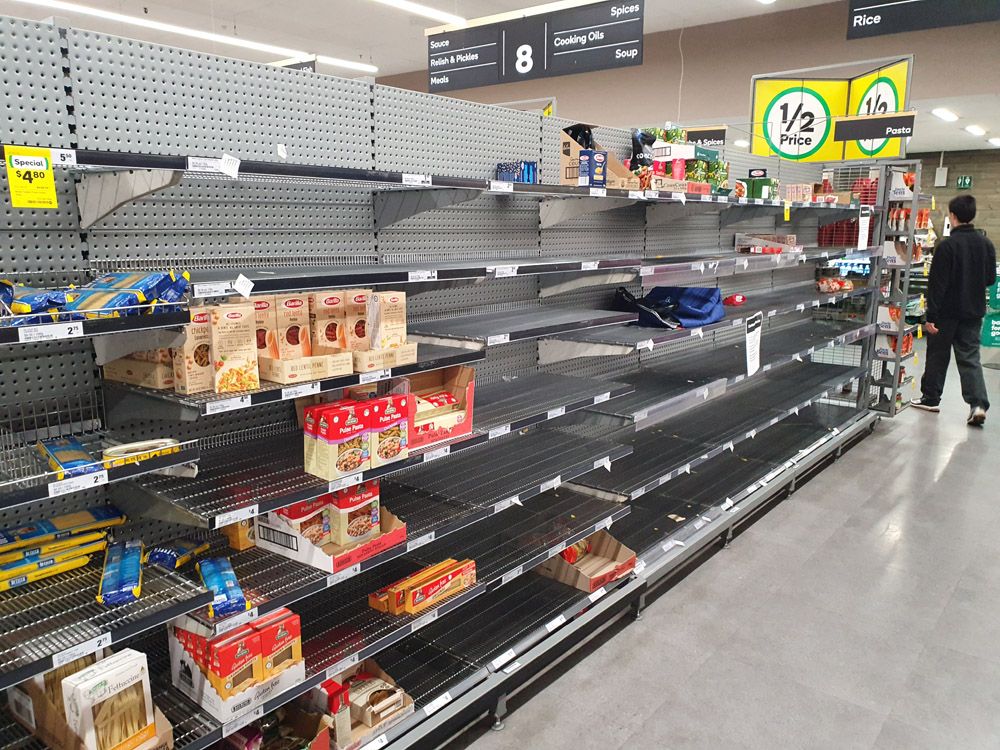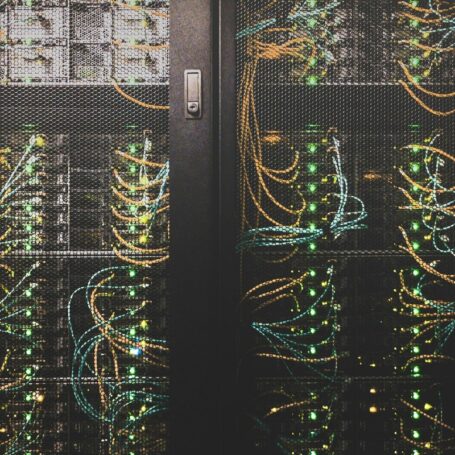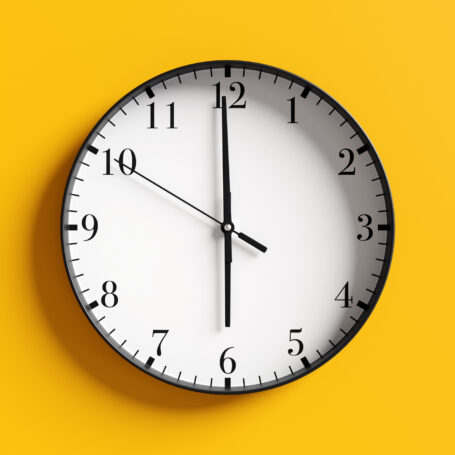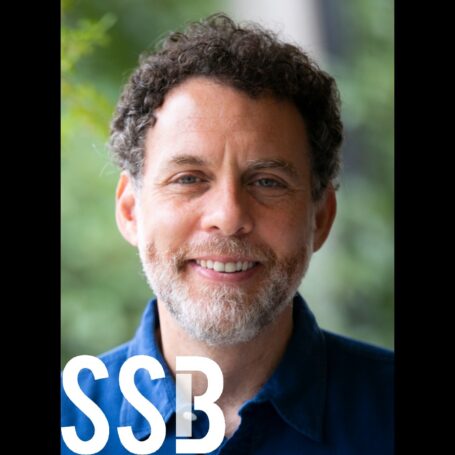Don’t Tell Me ‘Don’t Panic …’

Pictures of supermarket shoppers filling their trolleys to overflowing with large packets of toilet paper is labelled ‘panic buying’. Brought on by the apparently imminent spread of COVID-19, these rabid consumers seem to be concerned that the greatest risk from the demise of civilization as we know it, is not being able to wipe their bottoms with their luxury brand. But why is this called ‘panic’?

The term has its origins in the cult of the Greek god Pan, who is reputed to have frightened people so much that they fled in fear without thinking what they were doing. But COVID-19 is not a mythical god, nor is the stockpiling of toilet paper some mad rush away from the fear of its consequences. The essence of the notion of panic is that reactions are unreasoned, virtually instinctive and atavistic. Like animals fleeing from a forest fire. That is not rushing to buy hand sanitizers, or ensure you have a good supply of baked beans.
The confusion in the use of the term has come because it has taken on two rather different meanings. One is the wild, unthinking running away from some threat. The other is the experience of deep anxiety and fear because of an unpredictable danger. The curious finding from many studies of what people do in emergencies is that these two forms of panic do not tend to co-exist. People will say they heard the fire alarm and rushed out in in panic.
But, as my own research demonstrated, the actual route they take is a sensible and understandable one, not some erratic, random scramble. They may be deeply distressed, but they still function as thinking human beings. I’ve seen a video of man leaving a building on fire, when there are flames on his clothing, who apologized when he bumped into someone. There are accounts of people queuing up to pay their bills in a shop even though the fire alarm has gone and people are rushing out. When I was caught in Narita airport in the 2011 Japanese earthquakes, although people screamed to leave the building, they still grabbed strangers to help them out.
Many studies of emergencies have shown that the conditions under which people scramble and act without consideration for others, situations that certainly look like panic, are when those involved believe that not everyone will survive and time is running out. These are circumstances when, what I call the ‘rules of place’ – the norms that shape what we do where and when – no longer seem to apply. People make sense of the situation as one in which the usual social consensus is no longer likely.
The crucial question, then, is how do people know that the status quo has been overturned? The answer is the way all normative expectations emerge, from what people hear and see others doing. They look for indications that the rules have changed. They search for revised definitions of what is the new normal. This can be initiated by particular individuals, by social media and public announcements. They see and hear about what others are doing and saying. Following that lead produces a feedback loop which supports others carrying out that activity. An apparent frenzy emerges, which is not animal-like fleeing from an unfathomable danger. It is a process of identifying with others, following the new patterns of social activity.
The start of such a process is the identification by one or more individuals that there are limited resources which will only exist for a limited time. This may be an exit in a building on fire, which it is clear not everyone will get through before they are engulfed by smoke and flames. Or it may be the belief that the shops will run out of turkeys before Thanksgiving. These situations are defined, as ones in which new social mores apply, when it is announced that people should Not Panic. Media coverage implying that people are ‘panicking’ fosters that belief. This is made worse in situations where reasoned public announcements from official authorities are not trusted. Fear and anxiety will only fuel that distrust. People will describe what they feel as ‘panic,’ but what is actually happening is that social relationships are changing. The fabric of society is torn that normally allows people to respect each other’s’ needs, whether it is for actual survival or toilet rolls.























































































It seems to me that seeing what others are doing and copying without thinking about whether it is sensible is animal-like behavior; hence, it could be considered to be panic. I agree that the term “panic buying” is overused, but I still think that it is panic buying if it is prompted by unreasonable expectations of what is likely to happen. The view that it is acceptable to go to a supermarket and buy everything you want is not a deviation from the normal rules of place. Instead, it is the retention of the normal rules in an… Read more »